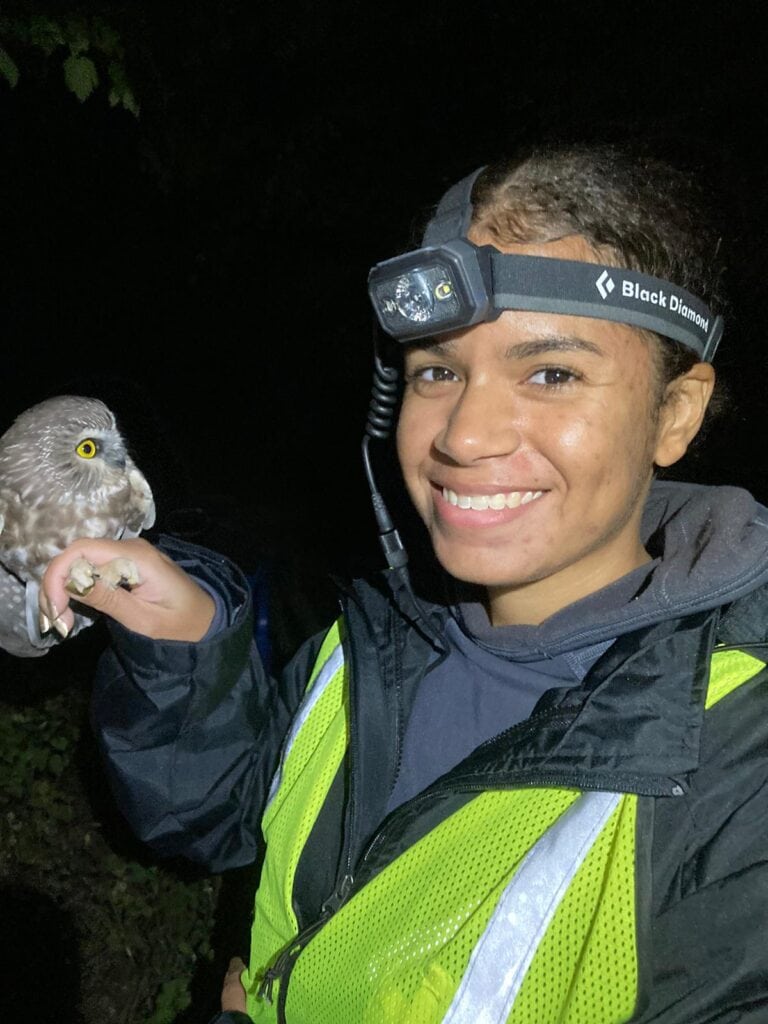A master’s student at the University of British Columbia recalls how she discovered how little we know about tropical biodiversity
The most interesting field experience I’ve ever had involves a slender brown bug that I found while studying in Malaysia. This tiny insect that probably wouldn’t get a second glance from most shifted my perspective toward conservation and my goals toward ecology.
In 2017, I moved from Jamaica to Malaysia to pursue my bachelor’s degree in ecology. For my honors project, I sampled the diversity of Heteroptera, a group of true bugs, in the Ulu Gombak Forest Reserve northeast of Kuala Lumpur. Every weekend I would go out and sweep a net along two transects. I grew increasingly tired of catching the same, dull brown bug that made up most of my samples. There were hundreds of them—they were like ants.

I became even more frustrated when I tried to identify the species, which proved impossible. I spent weeks behind a microscope, looking at museum collections, contacting entomologists and referencing any insect identification book I could find—to no avail. How could it be this hard to identify such a common species? Eventually, I pinned down the genus from a black and white photo in a book published in the 1950s. After searching through the known species of that genus, I still didn’t find any bug that looked the same as mine. I was shocked to find that a species so ubiquitous in one of the most famous research forests in Malaysia was probably undescribed.
This experience was the first time I really thought about what we know, or rather, how little we know, about tropical biodiversity. Specifically, I realized how this lack of information is a huge challenge to conservation, including in my home country. In Jamaica, there are over 1,000 endemic species of flora and fauna. In fact, there are so many endemic species in Jamaica that you can’t go a day without seeing one. Even common backyard lizards are endemic species. Despite this, we know almost nothing about the populations of most of these animals and plants. Jamaican boas (Epicrates subflavus), Jamaican owls (Asio grammicus), Jamaican coneys (Geocapromys brownii), and black-billed Amazon parrots (Amazona agilis) are among the most iconic animals in the country but are also understudied and extremely threatened.

As I reflect on Caribbean Heritage Month, I find myself thinking about how these endemic species are an irreplaceable part of Jamaican culture and that losing them means losing a part of our heritage. The success of the Jamaican iguana (Cyclura collei) conservation program has been a huge inspiration for me to learn how we can protect the rest of our wildlife. From sampling insect diversity in Malaysia to researching owl habitat use in Canada, I have spent my academic career gaining skills that I hope to bring back to Jamaica to uncover more about our irreplaceable endemic populations. I believe that by protecting wildlife, we protect our heritage.
Wildlife Vocalizations is a collection of short personal perspectives from people in the field of wildlife sciences. Learn more about Wildlife Vocalizations, and read other contributions.
Submit your story for Wildlife Vocalizations or nominate your peers and colleagues to encourage them to share their story.
For questions, please contact tws@wildlife.org.





